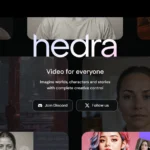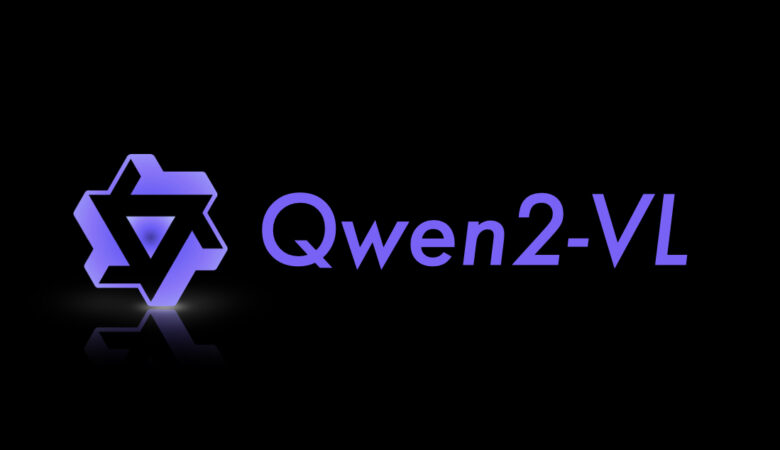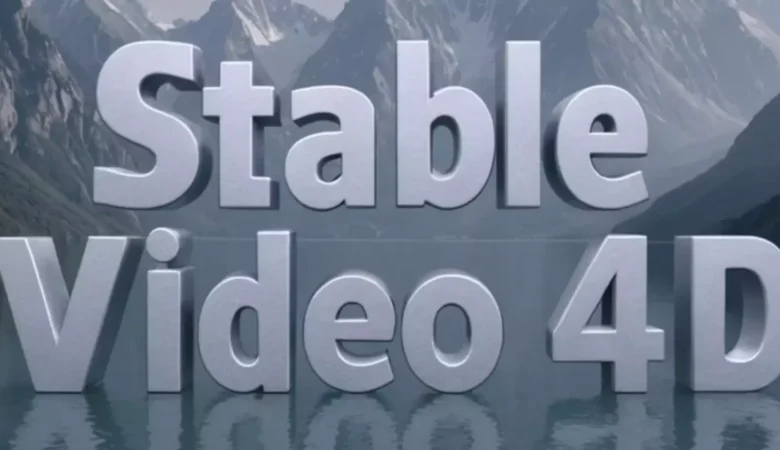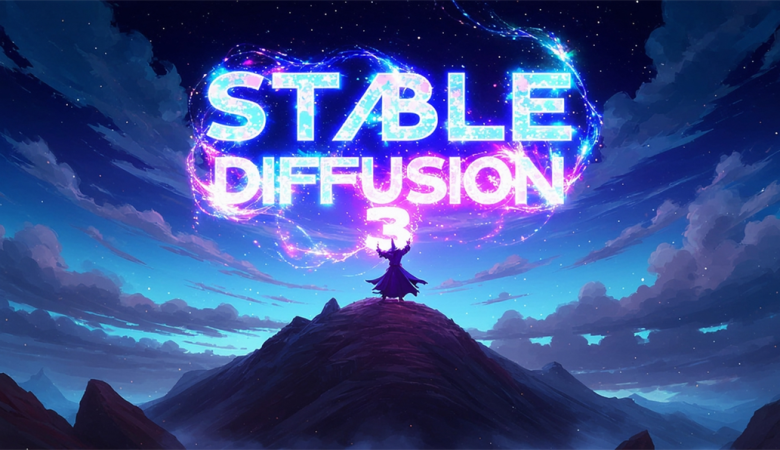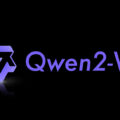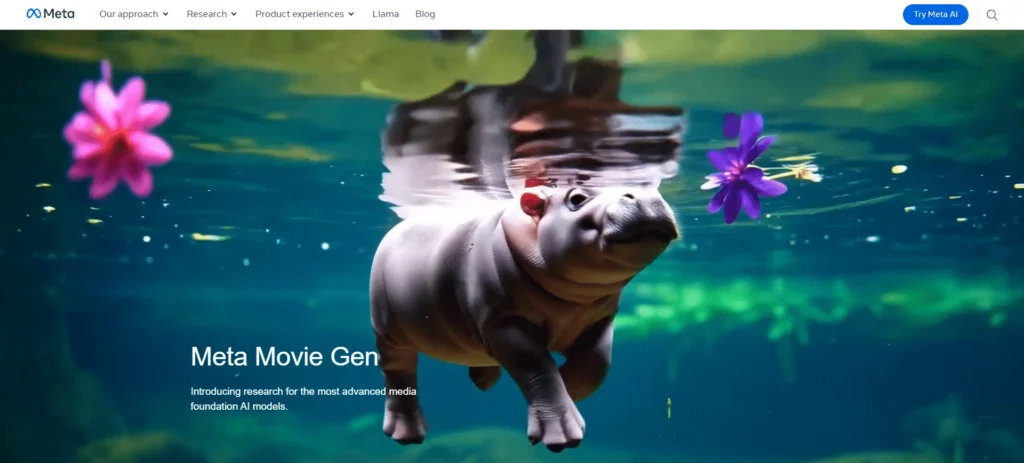
Movie Gen is an AI video generation model based on deep learning technology developed by Meta. The model integrates three core functions: video generation, audio synthesis and precise editing, and is designed to allow users to quickly realize their creative ideas through a simple and intuitive operation process. It is backed by an advanced Transformer architecture and introduces a Flow Matching algorithm to improve training efficiency and output quality. In addition, Movie Gen has the ability to handle different aspect ratios, ensuring the best visual results for both social media sharing and professional presentations.
Key Features
- Video Generation
Using a 3 billion parameter scale Transformer model, Movie Gen can automatically generate HD video clips up to 16 seconds long, with a resolution of 1080p and a frame rate of 16 frames per second from a short text description. This is equivalent to 73,000 video token units. Whether it’s a dynamic scene transition or a still picture presentation, Movie Gen delivers it with a high degree of realism. - Audio Generation
In conjunction with the video content, the Movie Gen Audio module is responsible for providing matching sound effects. With a parameter level of 1.3 billion, the module accepts input from the video or additional textual cues and generates high-quality soundtracks and ambient sound effects in sync with them. This means that even the simplest video clips can be brought to life instantly. - Precision Editing
In addition to basic generation tasks, Movie Gen also supports fine-tuning of existing videos. Operations such as replacing specific objects, adjusting the style of the screen and even changing the entire background can all be done with a single click. It is especially worth mentioning that Movie Gen reaches the industry’s leading level when it comes to maintaining the consistency of character identity and the smoothness of movement.
Pros and Cons
Pros:
- Lowers the barriers to creation: allows people without professional skills to produce high-quality multimedia content.
- Increased efficiency: significantly reduces the time and effort required for traditional video production.
- Flexibility: Supports diverse application scenarios, from entertainment to education to business promotion.
- Integrated solution: integrates video generation, audio compositing, and editing tools in one, simplifying the entire workflow.
Cons:
- The model is not yet open source: while the paper details the technical details, the core code is not publicly shared, limiting the possibilities for further development by the community.
- Possible copyright issues: although the AI-generated content appears to be original, potential copyright disputes need to be approached with caution on a legal level.
- Higher hardware requirements: to run such a complex algorithm, users may need to be equipped with more powerful computer equipment.


